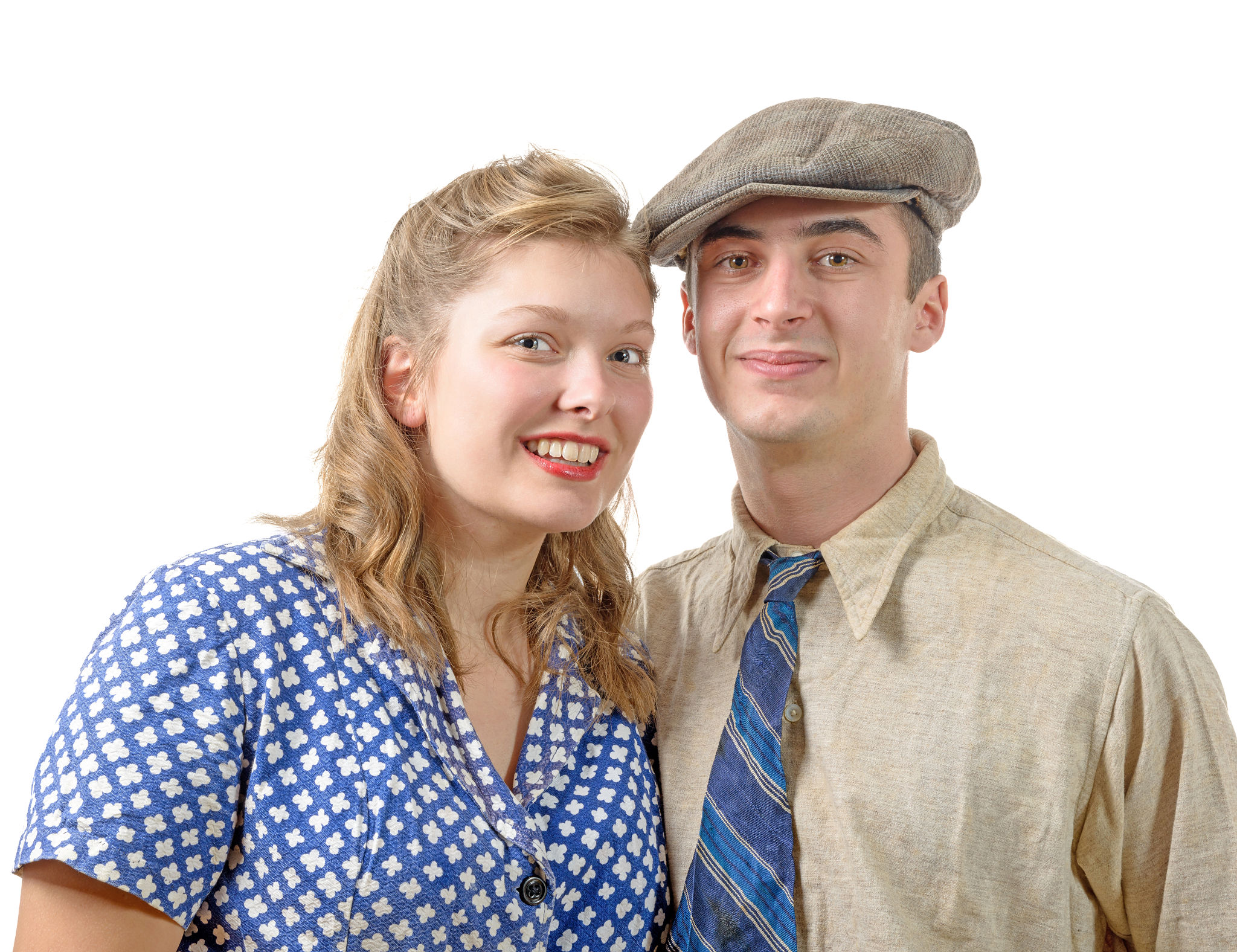The Evolution of Fashion Photography in Germany
Introduction to Fashion Photography in Germany
Fashion photography in Germany has undergone a significant evolution, reflecting both global trends and local cultural influences. From its early beginnings in the 20th century to its current innovative practices, German fashion photography has continually pushed boundaries and redefined aesthetics.

The Early Days: Setting the Scene
In the early 1900s, fashion photography in Germany was primarily influenced by European styles, with a focus on elegance and formality. Photographers like Helmut Newton began experimenting with bold compositions and lighting, setting the stage for a more dynamic approach to fashion imagery. This period laid the groundwork for the unique blend of art and fashion that would define German fashion photography.
Post-War Era: Rebuilding and Innovation
After World War II, Germany's fashion photography scene experienced a renaissance. The post-war era was characterized by a desire to break free from tradition and explore new visual narratives. During this time, photographers began to experiment with different techniques such as avant-garde composition and surrealist influences, which offered a fresh perspective on traditional fashion imagery.

The 1970s and 1980s: Embracing Diversity
The 1970s and 1980s marked a period of increased diversity in German fashion photography. Photographers began incorporating elements from various subcultures, including punk and new wave, into their work. This era was defined by a vibrant mix of colors, textures, and styles, reflecting the cultural shifts occurring across the country.
During this time, fashion photography also started to gain recognition as an art form in its own right. Exhibitions and galleries began to feature works by renowned photographers, further cementing the importance of fashion photography within the broader art community.

Digital Revolution: The 1990s Onwards
The advent of digital technology in the 1990s revolutionized fashion photography globally, and Germany was no exception. With digital cameras, photographers could experiment more freely with their compositions and styles without the limitations of film. This period saw the rise of striking digital effects and post-production techniques that became staples in modern fashion photography.
The digital age also brought about changes in distribution methods. Magazines and online platforms provided new opportunities for photographers to showcase their work to a broader audience, accelerating the pace at which trends could spread.
Contemporary Trends: Sustainability and Inclusivity
Today, German fashion photography is heavily influenced by themes of sustainability and inclusivity. Photographers are increasingly focusing on creating images that not only highlight fashion but also promote ethical practices within the industry. This shift is a response to growing consumer awareness and demand for transparency in fashion production processes.

The move towards inclusivity is evident in the representation of diverse models and body types within fashion photography. Photographers are challenging traditional beauty standards and embracing a more holistic view of beauty that reflects society's diverse tapestry.
Conclusion: A Continual Evolution
The evolution of fashion photography in Germany is a testament to the country's ability to adapt and innovate within the art form. From its early roots to its current embrace of modern technology and progressive ideals, German fashion photography continues to be a dynamic force within both the domestic and international markets.
As photographers continue to explore new techniques and themes, the future of fashion photography in Germany looks promising, ensuring its place at the forefront of global fashion imagery.